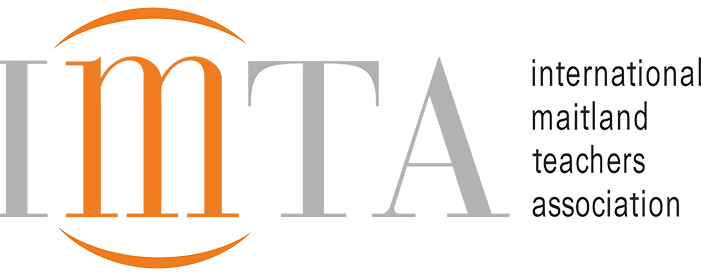The Maitland® Concept combines a clinical process of thorough, extensive, and methodical examination, focused treatment and evaluative assessment of movement related neuromusculoskeletal disorders by manipulative physiotherapy. It consists of a person-centred approach that integrates best research evidence, skilled hands-on techniques when appropriate and possible, targeted and carefully dosed exercise programs, and education, to optimize patient outcomes.
At the core of the concept are robust and flexible clinical reasoning strategies which prioritise the clinical evidence rather than a given diagnosis, supported by the application of theoretical knowledge and evidence from contemporary literature.
The course consists of four modules and lasts 11 weeks with a total of 440 hours.
After successful completion of Level 2a and the certificate module at the DVMT (www.DVMT.org), German physiotherapists may invoice the statutory medical insurance companies the extra sum for “manual therapy”.
Completion of the IMTA programme is equivalent to thirty (30) ECTS points and enables you to apply for
IMTA´s Teacher training programme.


